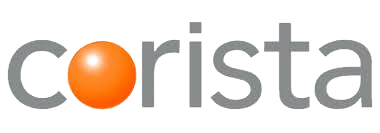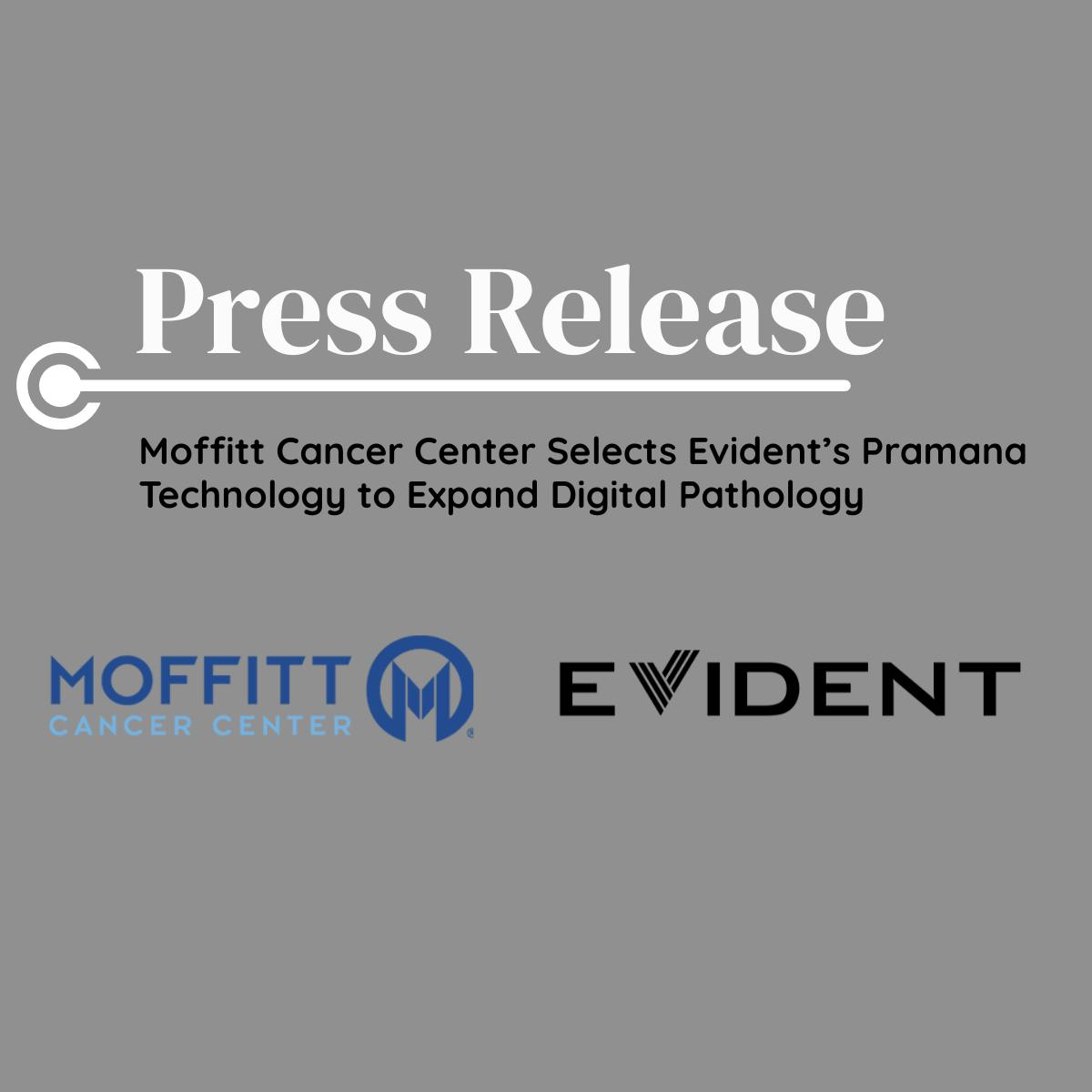






Many scanners fail to effectively manage slide loading, label handling, focus point selection, and artifact handling, leading to an increased need for operator adjustments.

High error rates for daily specimens place a significant burden on trained operators, requiring them to manually identify errors and determine appropriate next steps.

Most labs load only 60-80 slides per batch, yet they are required to invest in capacity of 300-1000 slides. Despite this, just one slide is scanned at a time leading to a significant underutilization.

Cloud-based image analysis is restrictive, costly, and slow, requiring gigabyte transfers for even simple algorithms and typically processing images 3-4 times slower than the actual scanning time.












 Pramana's
Pramana's





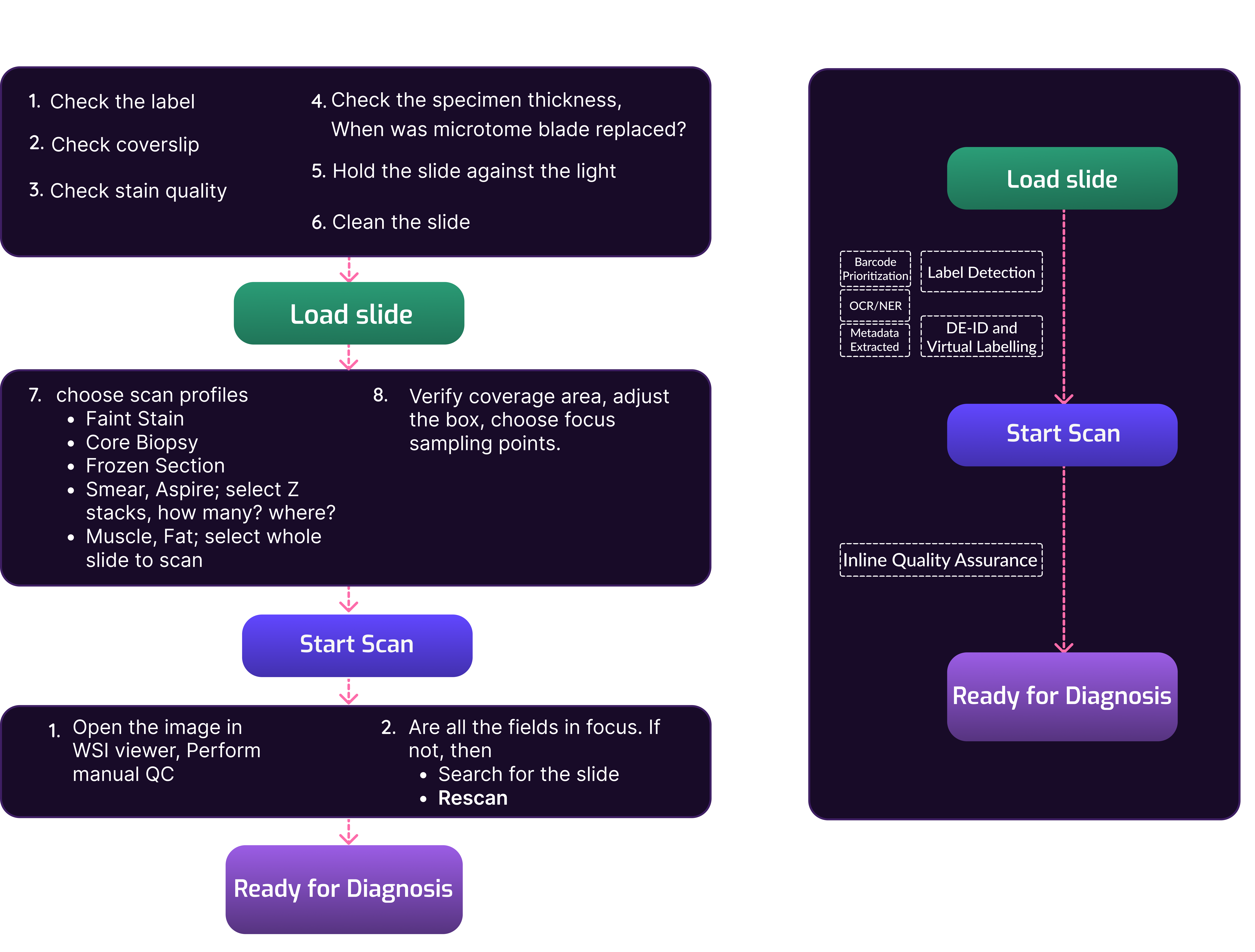


Each lab has its own approach to optimizing layout and workflow, with varying upstream systems such as stainers, coverslip techniques, and drying racks. Pramana allows customers to begin with a base design and customize their setup by selecting the layout, number of scan heads, and slide baskets according to their specific needs. Additionally, custom kits are available to accommodate future changes as desired.
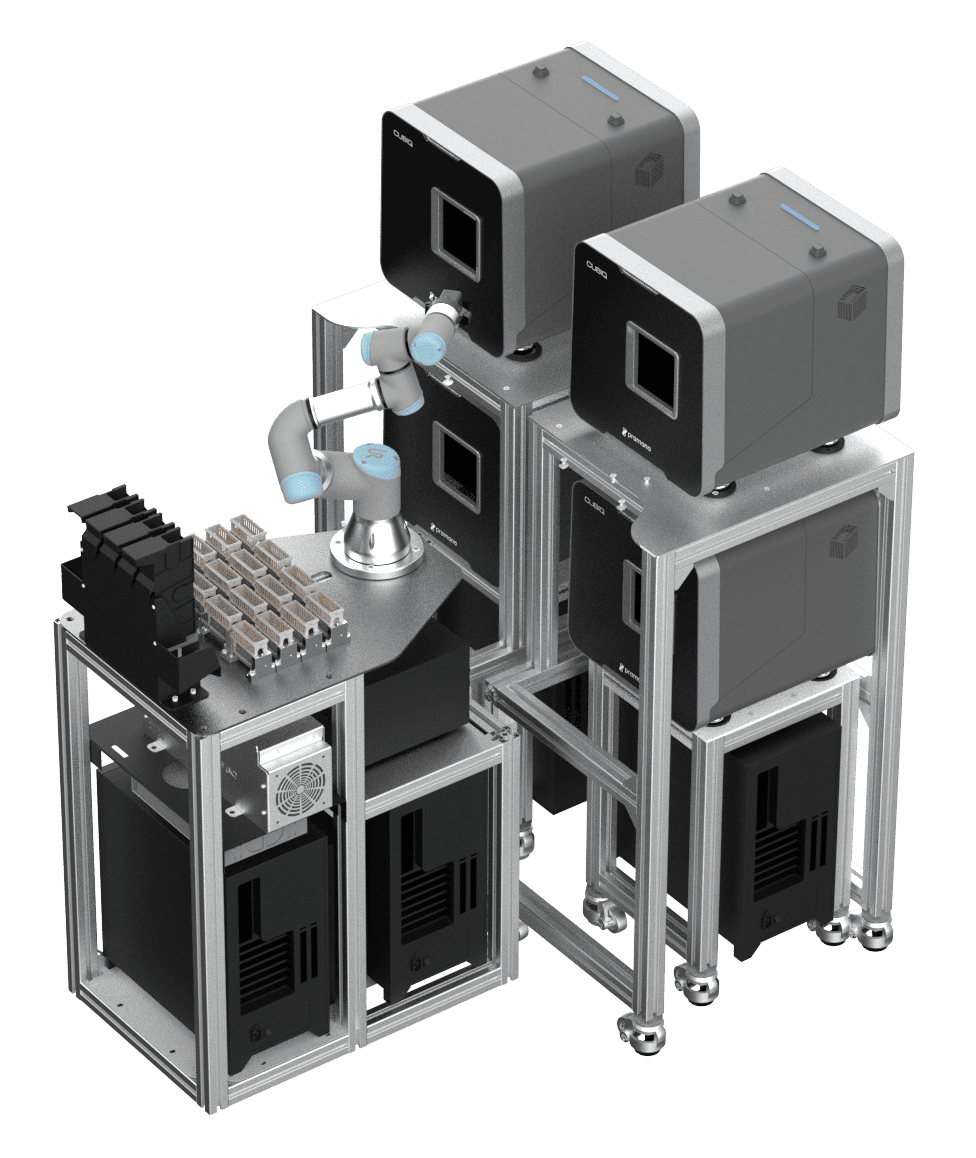
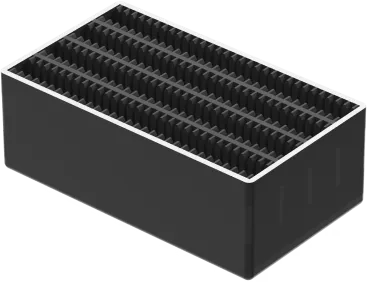
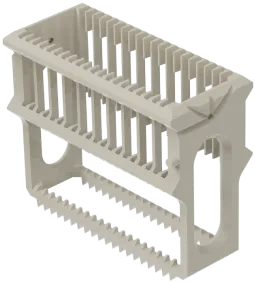
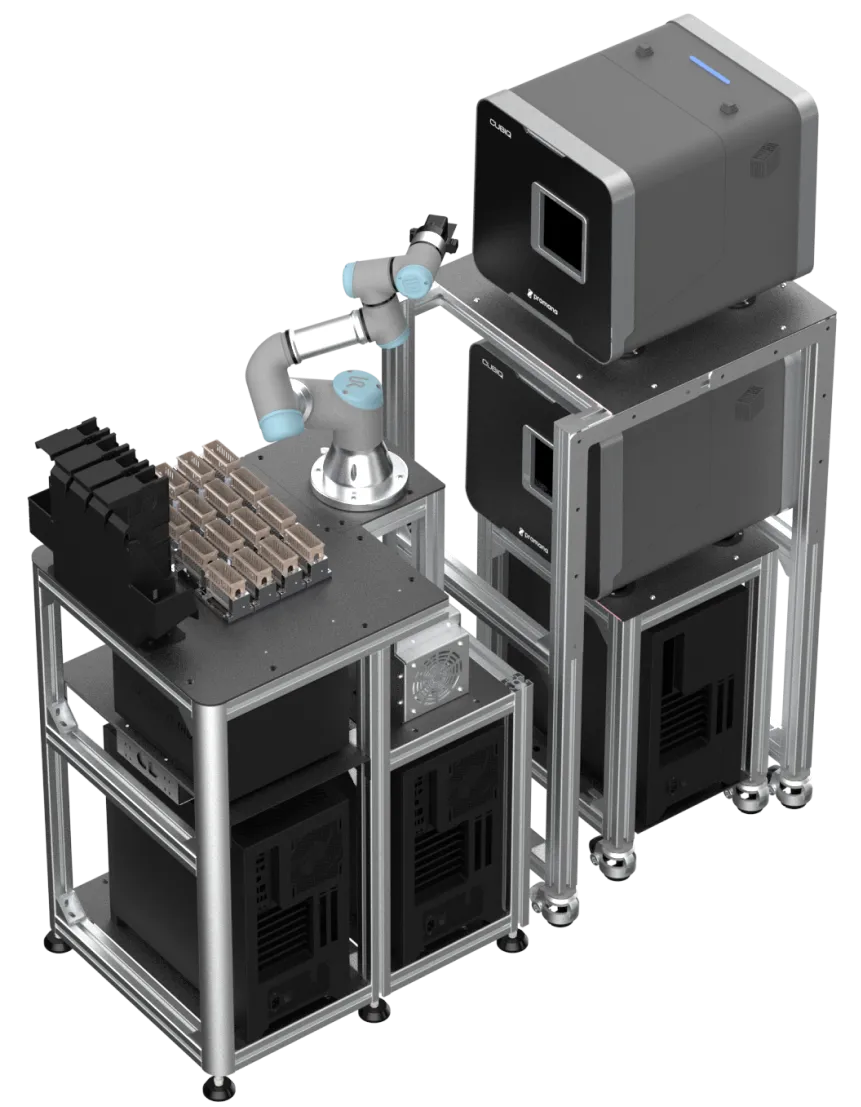


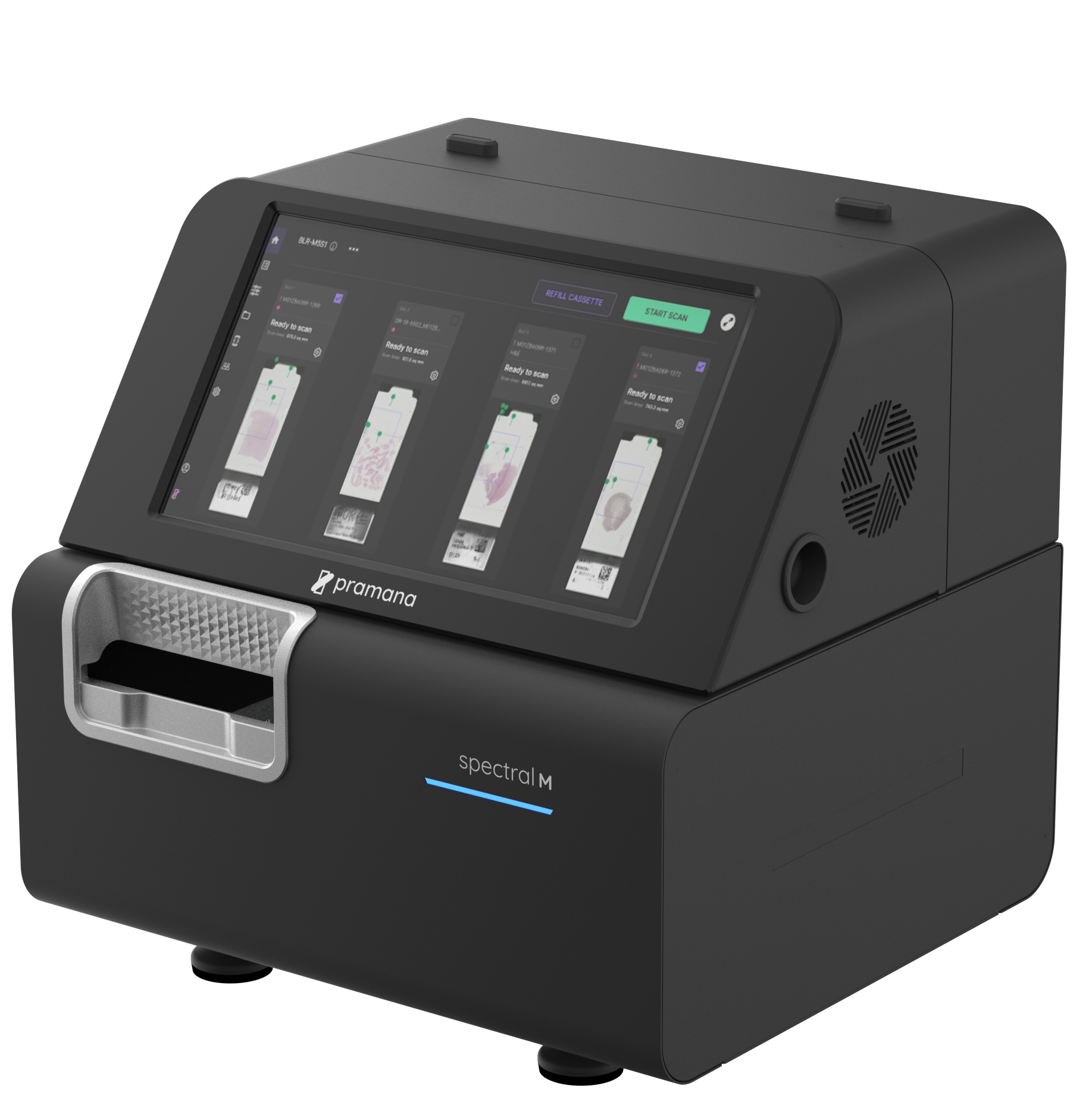
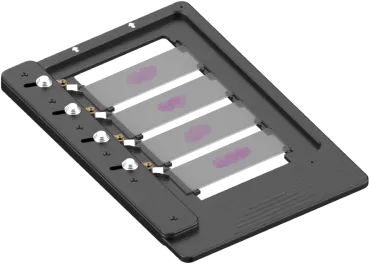


| Applications | Anatomic pathology, Cytopathology, Hematopathology, Clinical Pathology, Microbiology |
| Specimen Type | Tissue biopsy, Frozen sections, Squash preparation, Liquid based cytology - Surepath & Thinprep, Conventional Pap smear, Conventional cytology smear, Bone marrow aspirate, Peripheral smears, Imprint smears, Clinical pathology wet mounts, Human fecal trichrome, microbiology slides for bacteria, fungus and protozoans |
| Average Scan Time Per Load | 6-7 hours for 480 slide load |
| WSI Output Format | DICOM, OME - TIFF, DZI |
| Magnifications | 4x, 20x, 40x, 80x |
| Resolution | 0.25 microns per pixel at 40x |
| Slide Artifact Handling | Very faint tissue, very tiny tissue, thick cuts, double thick slides, broken coverslips, debris, dirty coverslips, protruding labels |
| Image compression | JPEG Visually Lossless (configurable), ZStandard |

If a glass slide is approved by the pathologist, Pramana’s system will likely generate a high-quality whole slide image without any errors, regardless of the specimen type, including tissue, cytology, bone marrow, microbiology, and wet mount samples.
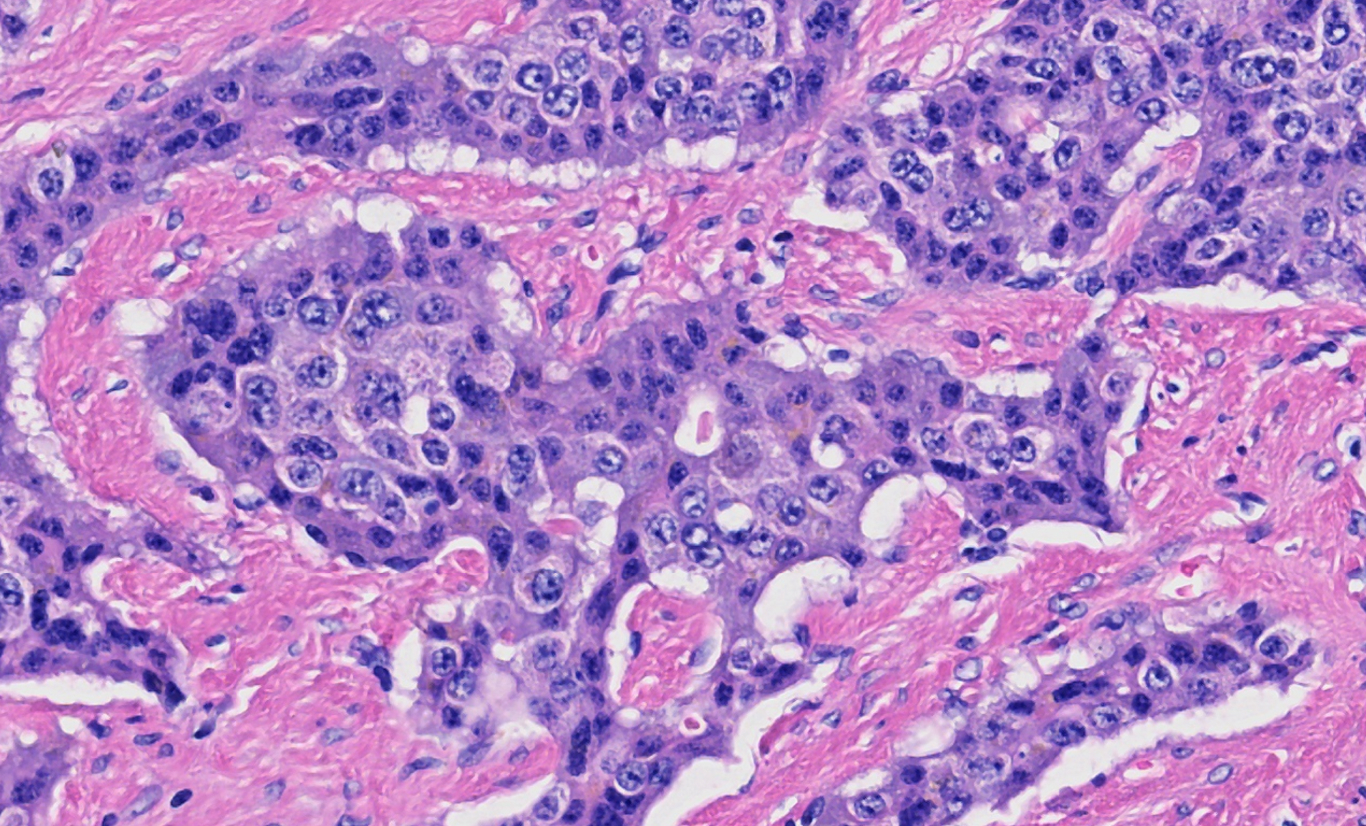
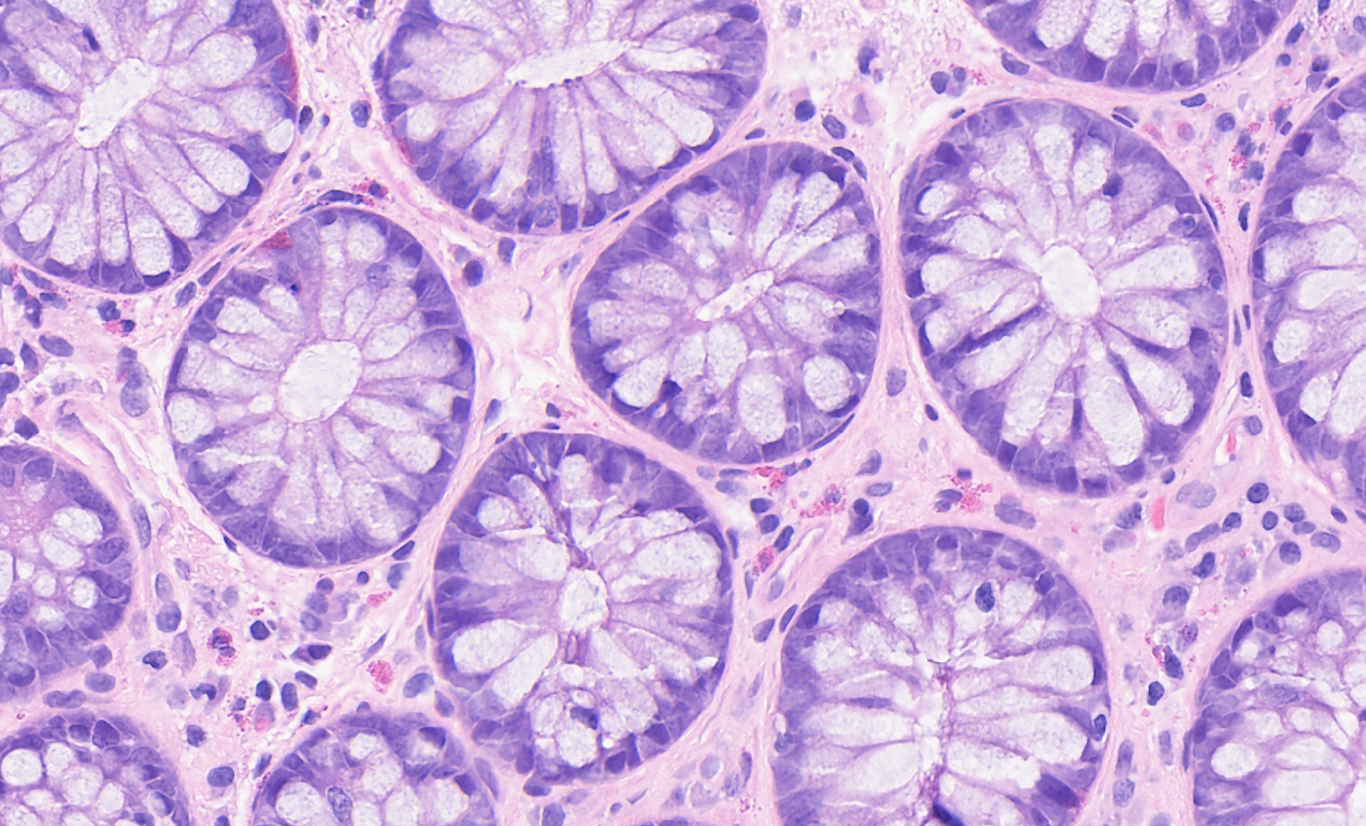
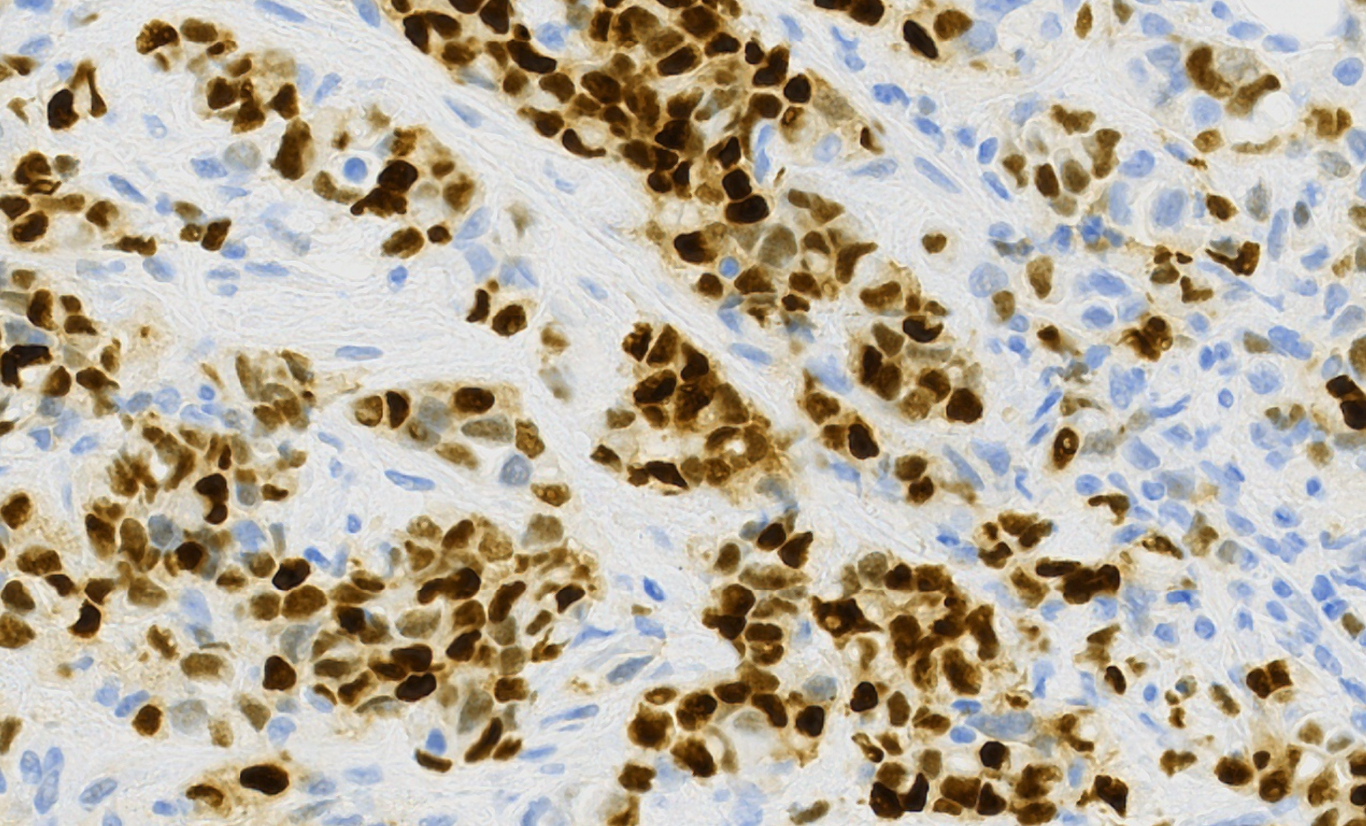
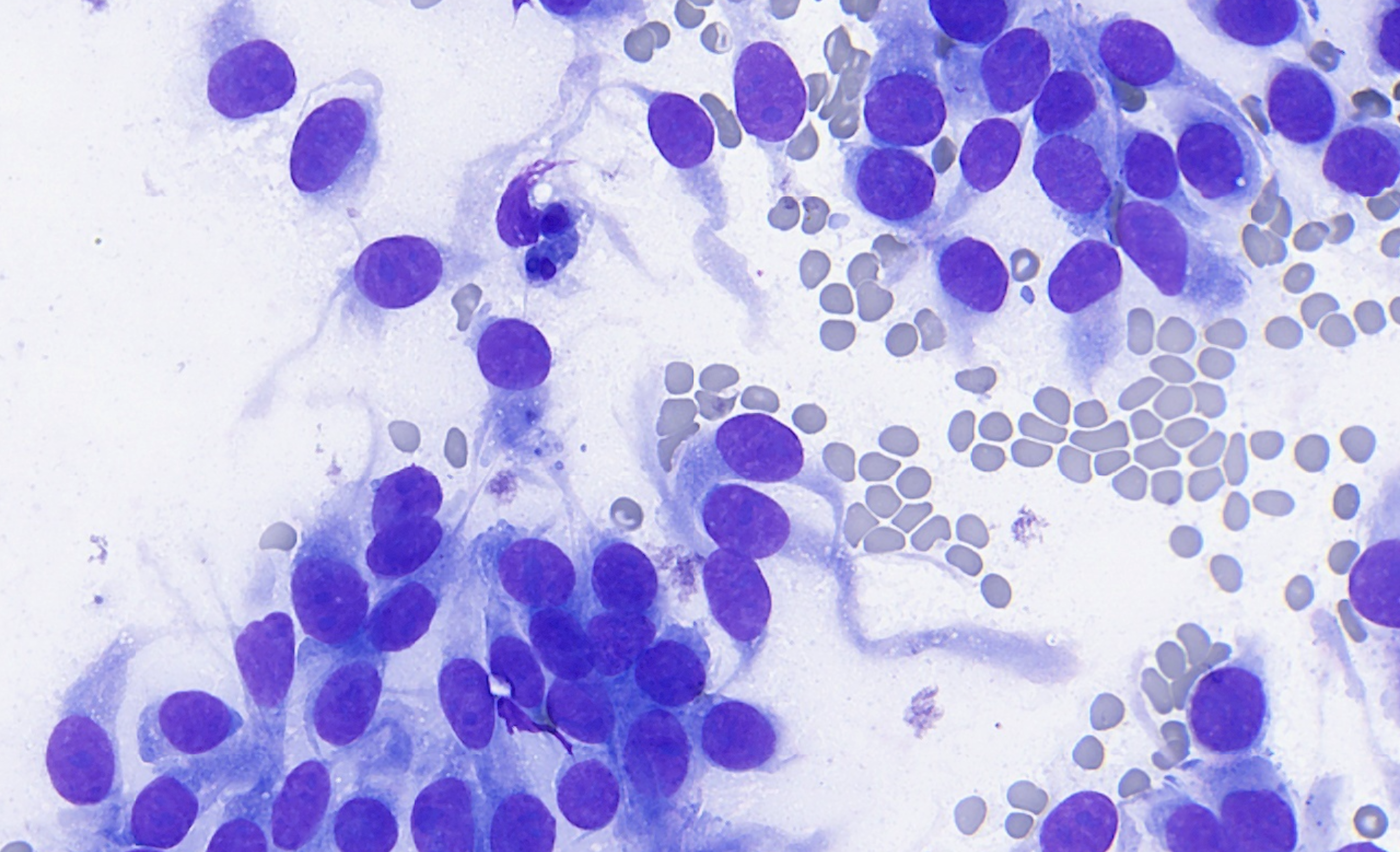
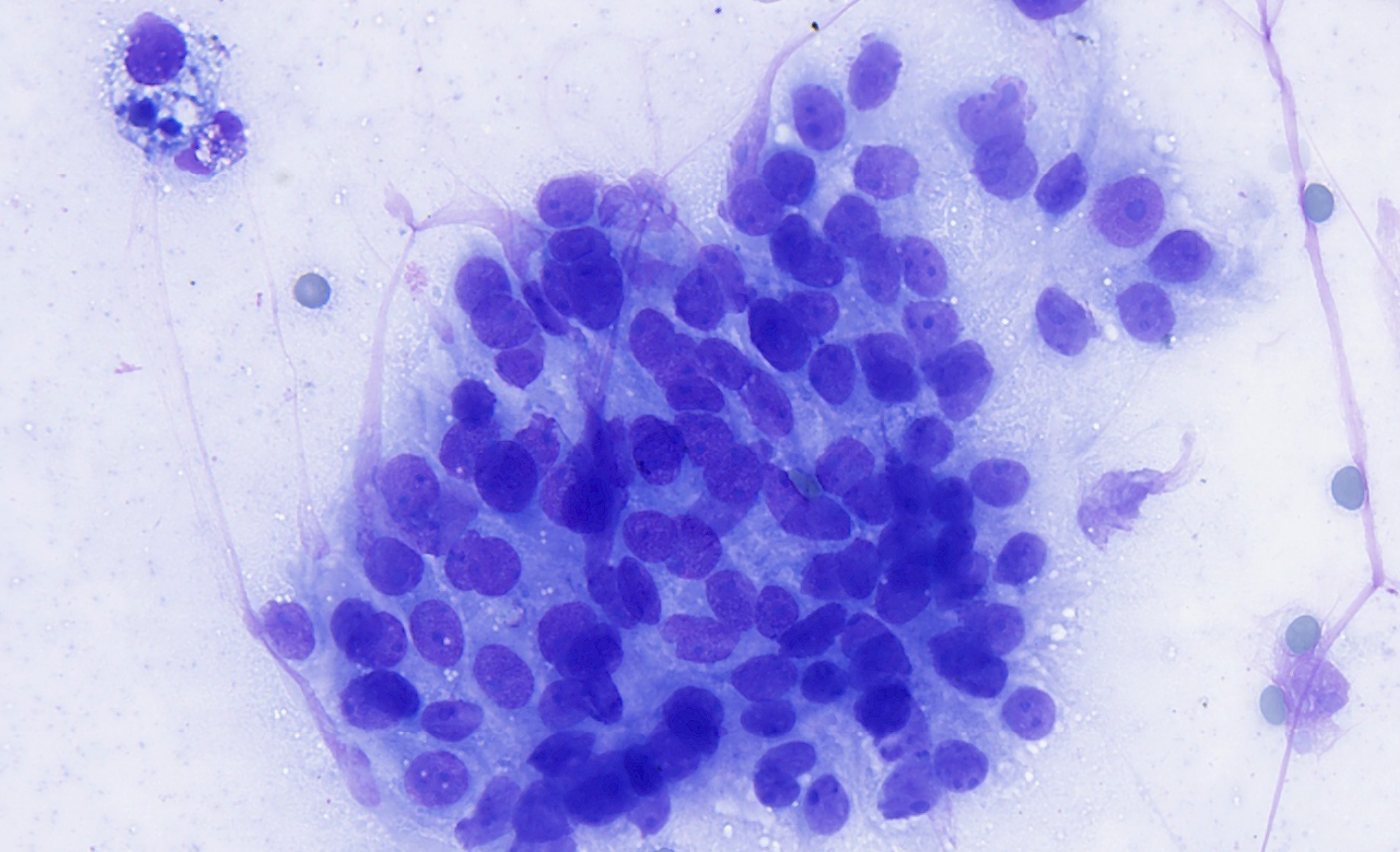
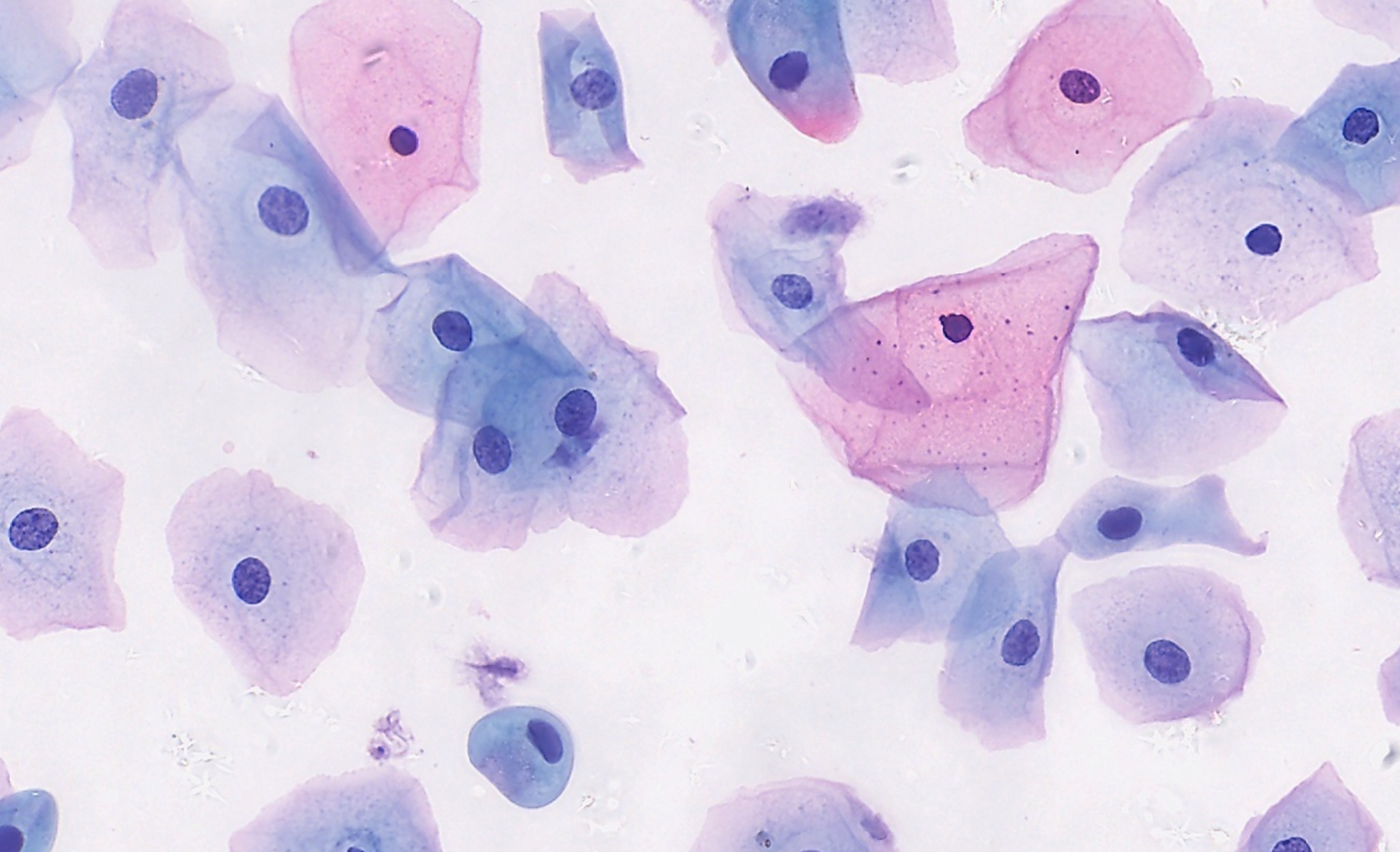
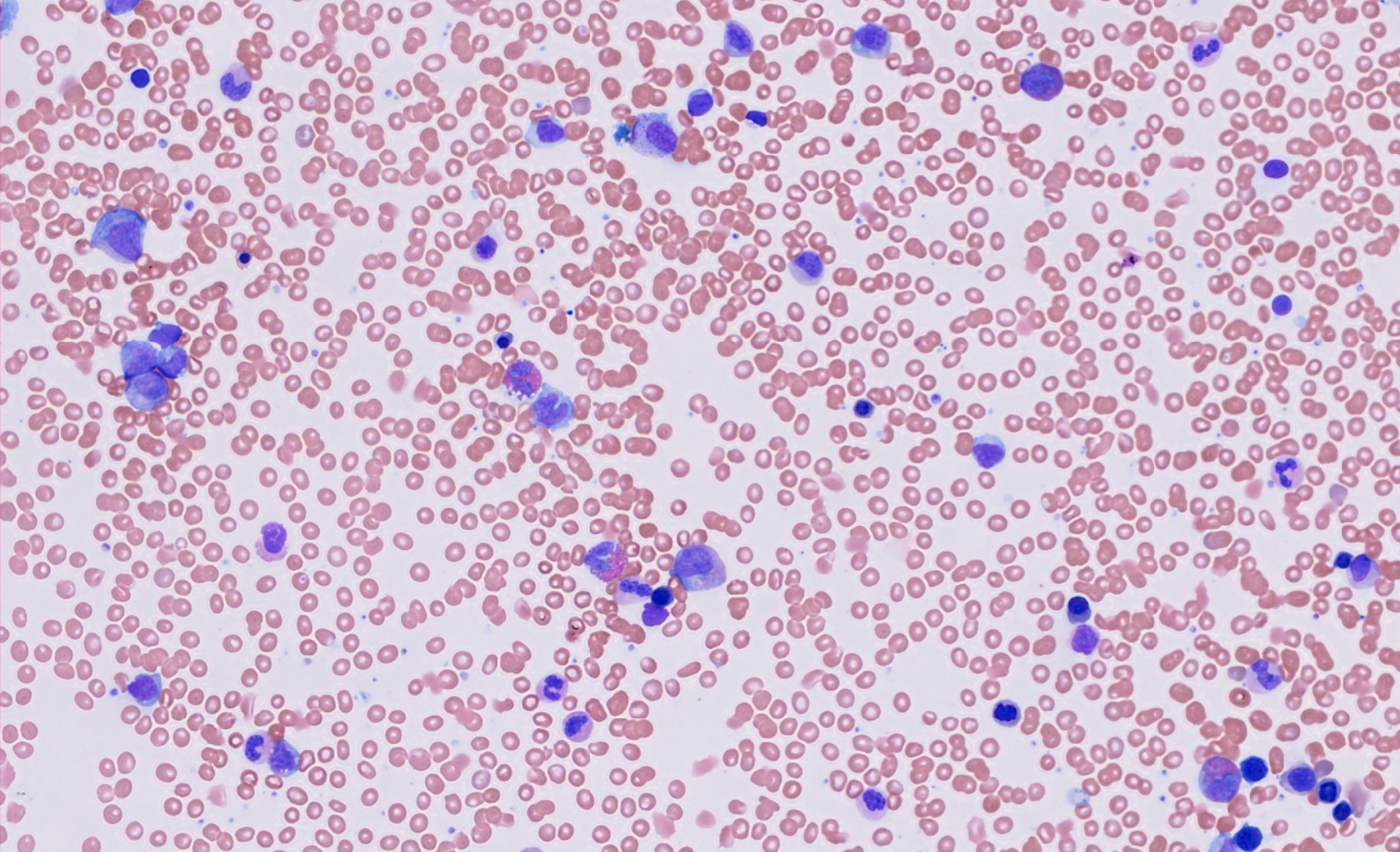

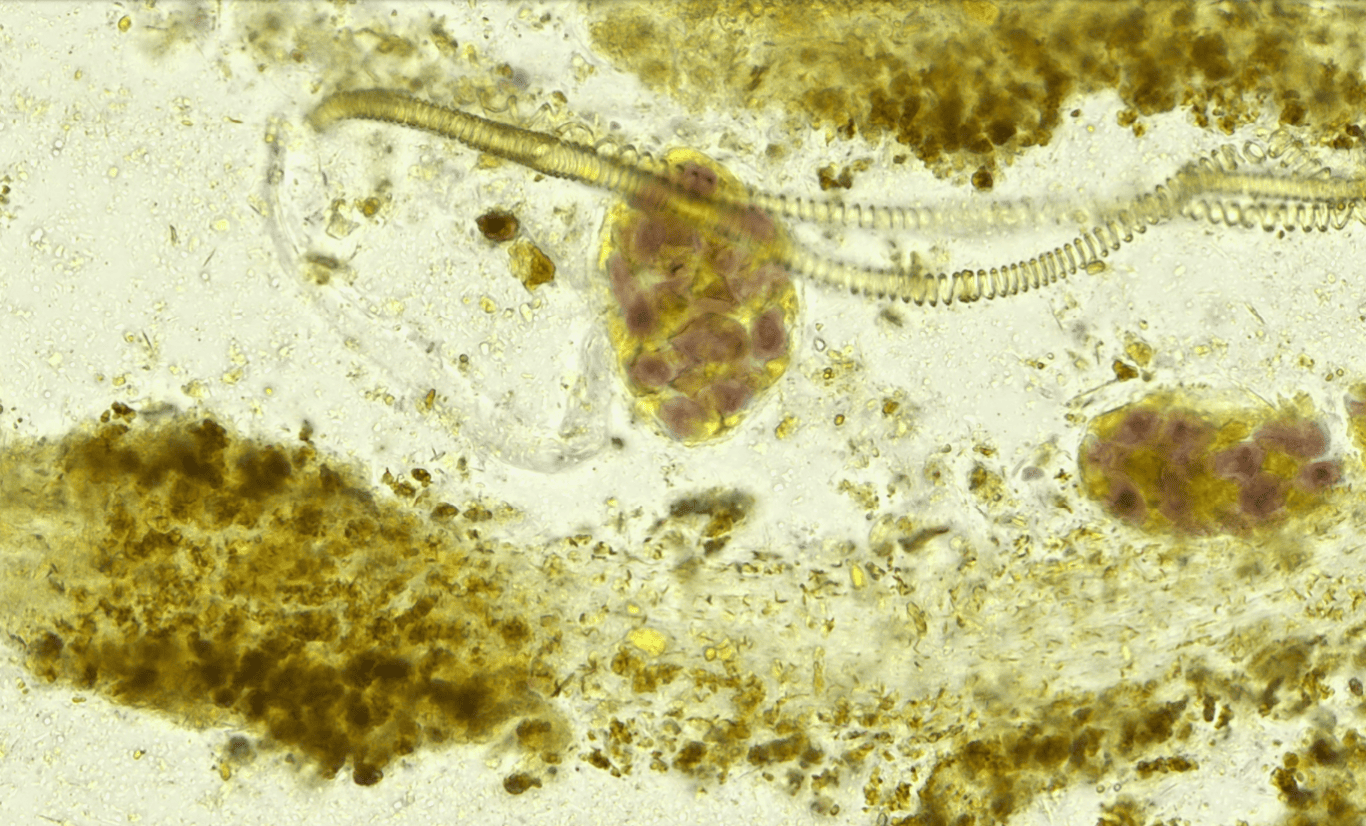

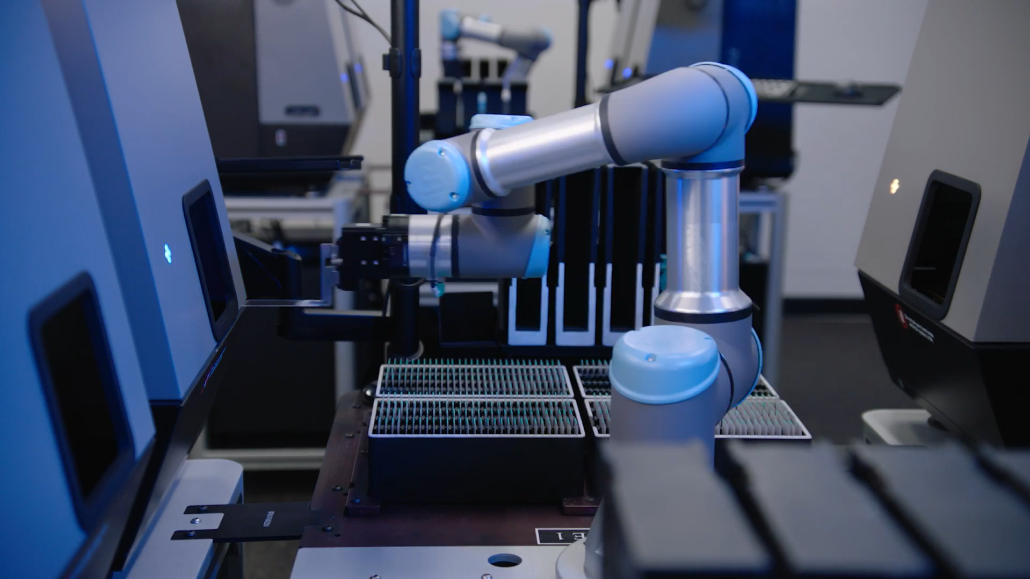


By replicating the fine-focus function of an optical microscope, Pramana has pioneered a groundbreaking method to volumetric imaging that enhances image quality and detail while improving scanning efficiency.
Backed by a rich portfolio of granted U.S. patents

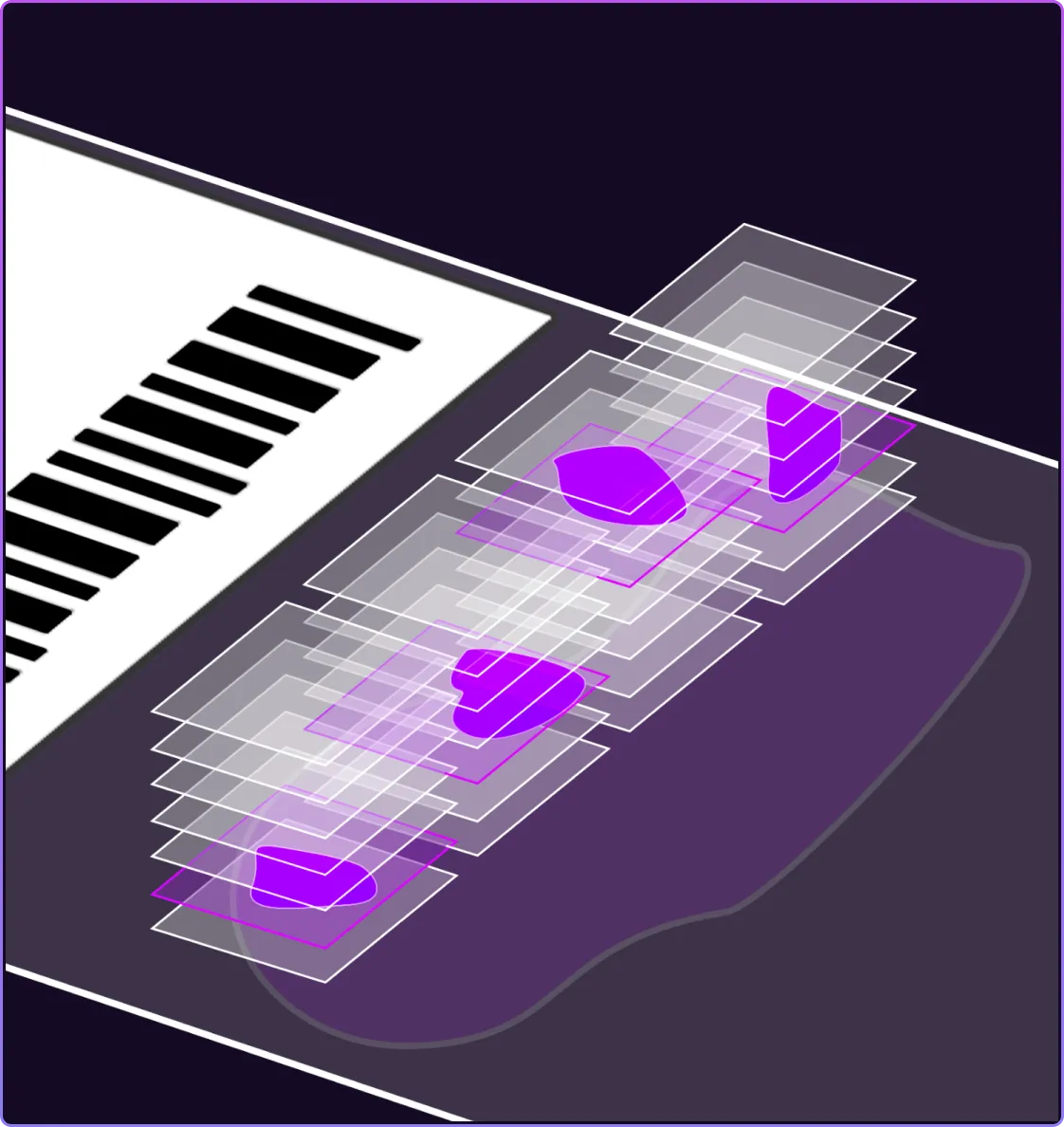
Volumetric scanning at each
field of view

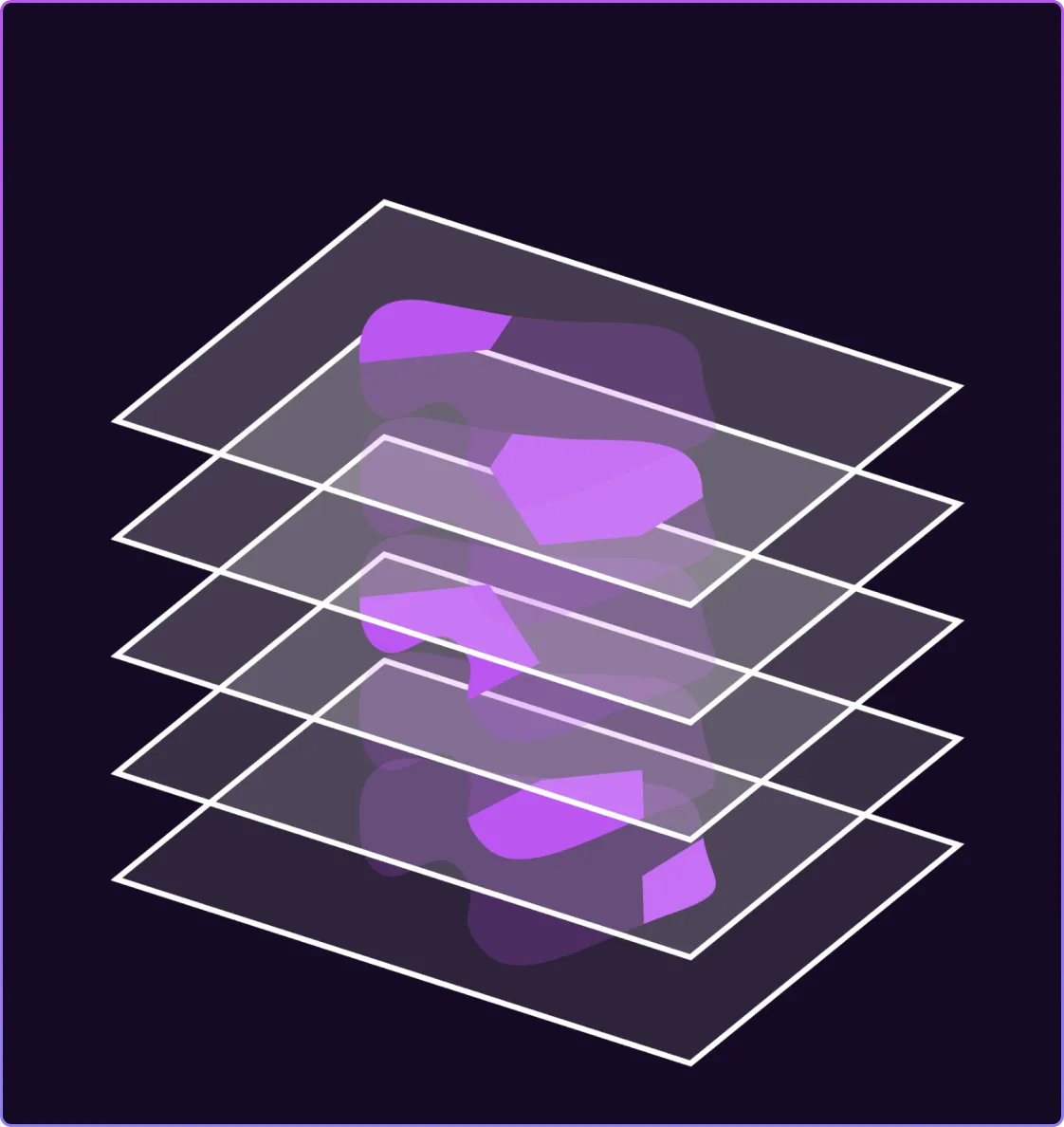
Fusion of Z-stacks and stitching

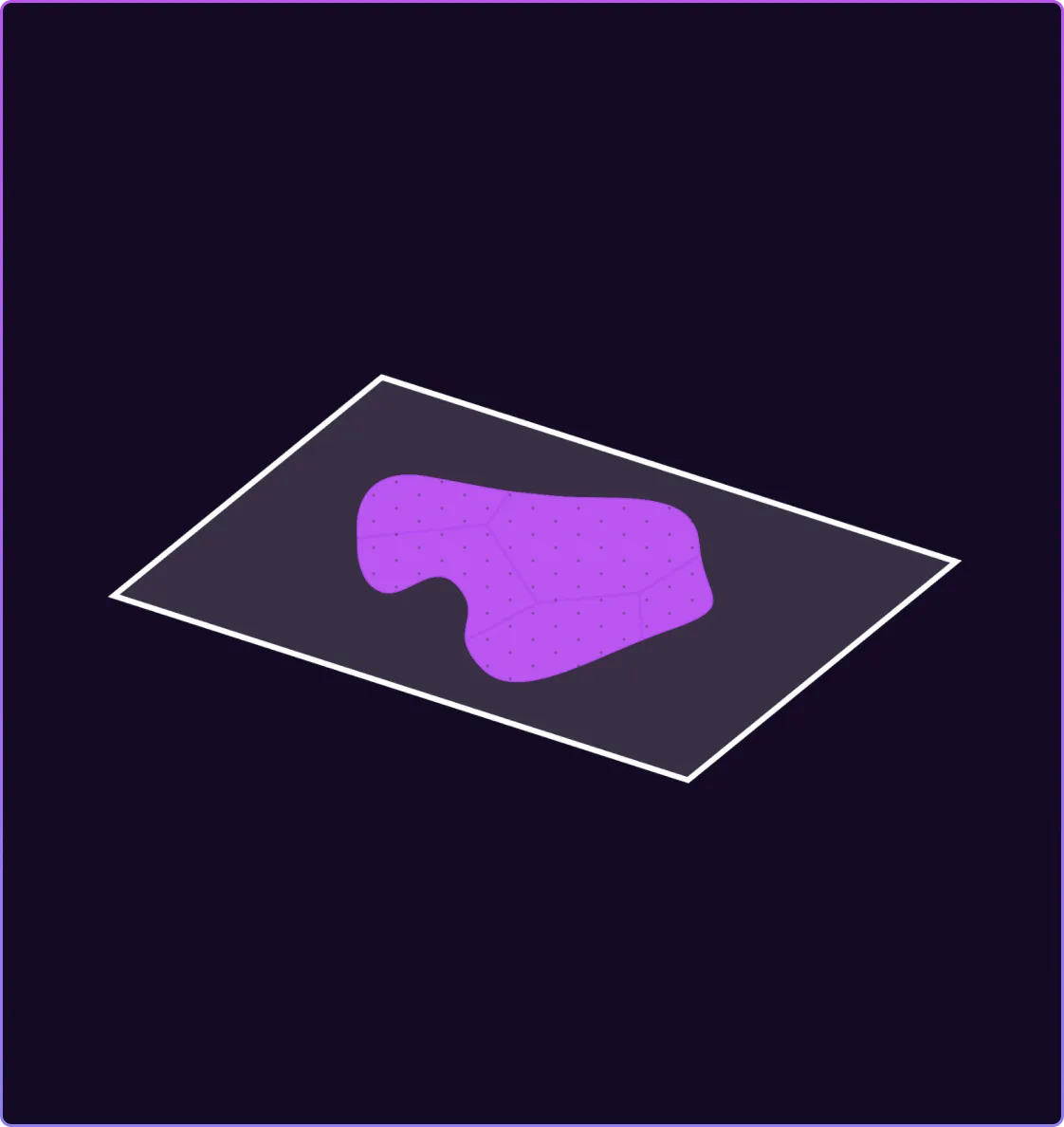
Fully focused image


Real-time algorithms for feature detection, quantification, and classification enable inline computation during scanning, ensuring that results are instantly available upon the scan's completion.
This approach optimizes efficiency, reduces costs, and enhances safety during the scanning process. Additionally, the ability to securely integrate third-party algorithms within the scanner significantly elevates the value of digital pathology for both research and clinical use.





